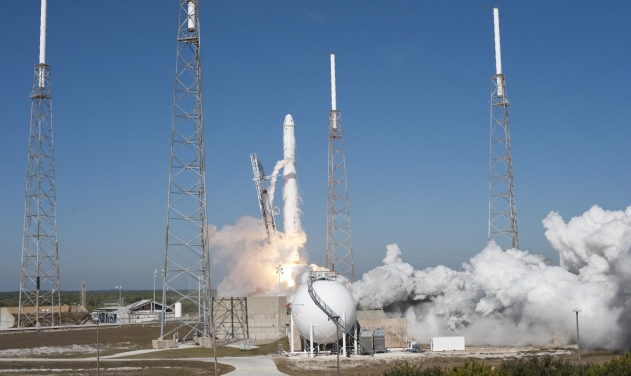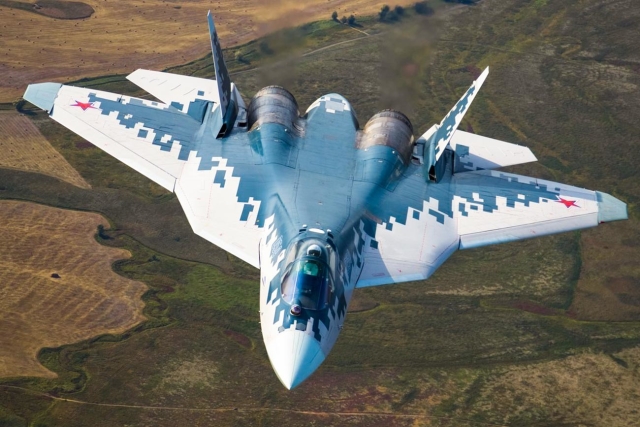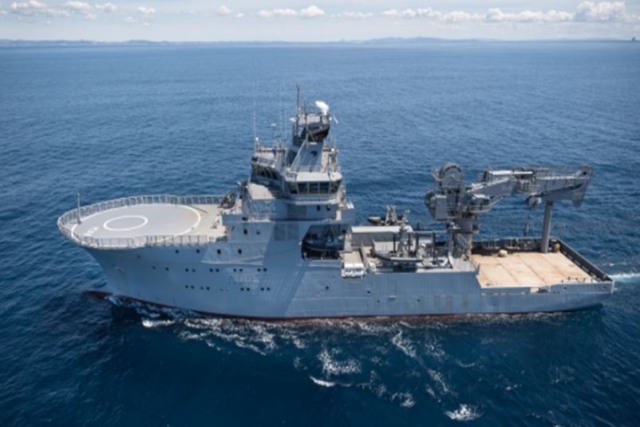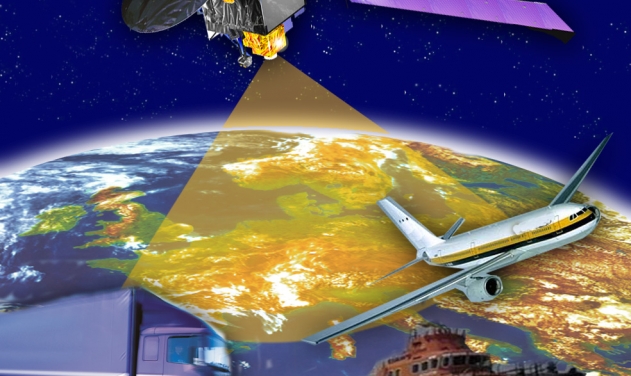SpaceX Falcon 9 Rocket Explosion Destroys Facebook’s First Communication Satellite

A SpaceX Falcon 9 rocket that was scheduled to launch Facebook’s first communication satellite, Amos-6 exploded during a test on a launch pad at Cape Canaveral.
Amos-6 was set to be launched on Saturday, Sep. 3 to orbit.
The satellite includes capabilities for Facebook to spot-beam broadband for its internet.org initiative.
Eutelsat along with Facebook had spent $95 million for a lease on the satellite’s Ka-band communication array.
Facebook and France-based satellite provider Eutelsat spent $95 million for a five-year lease on the satellite’s Ka-band communication array.
“We are disappointed by the loss but remain committed to our mission of connecting people to the Internet around the world,” a Facebook spokesperson said in a statement.
“SpaceX can confirm that in preparation for today’s static fire, there was anamoly on the pad resulting in the loss of the vehicle and its payload. Per standard procedure, the pad was clear and there were no injuries,” Spacex said in a statement.
SpaceX has other launch pads it could potentially use, but they all have different capabilities and may not be able to meet the needs of each mission. SpaceX may be able to launch out of a different site at Cape Canaveral, though. The company leases another site nearby called Launch Complex 39A. SpaceX has been modifying the launch pad at 39A to get it ready for the company’s Falcon Heavy: a huge, heavy-lift rocket that’s supposed to make its flight debut later this year. The pad at 39A will be able to support Falcon 9 launches, but it won't be ready until the end of the year, according to SpaceX.









